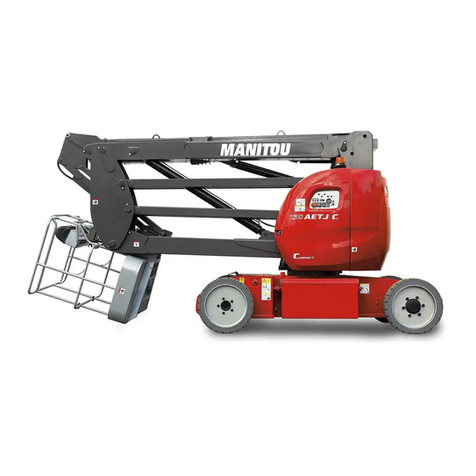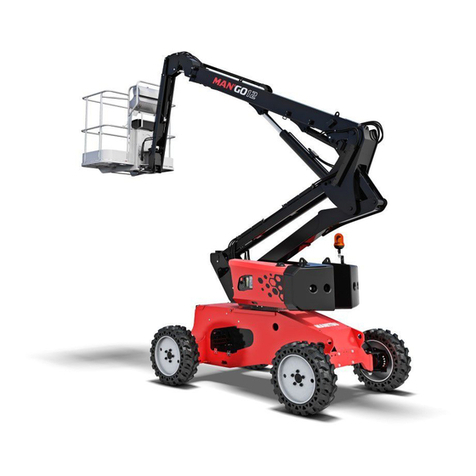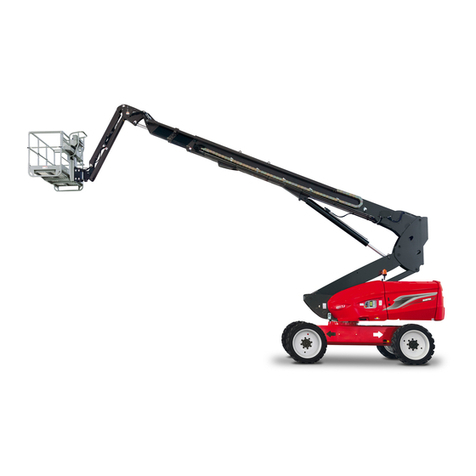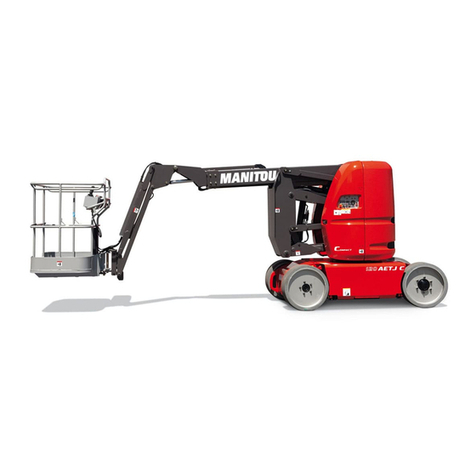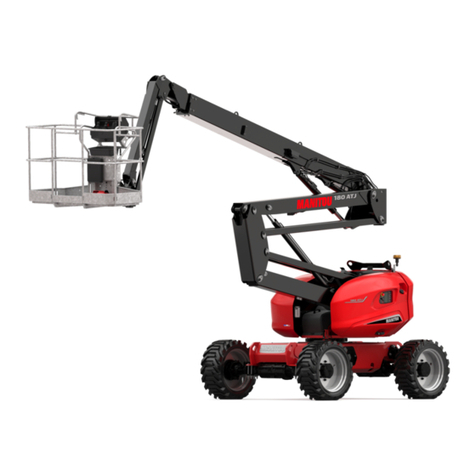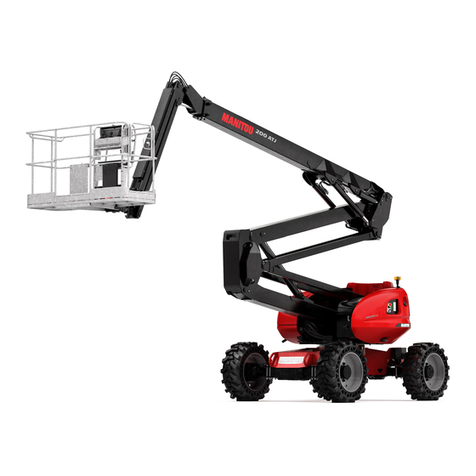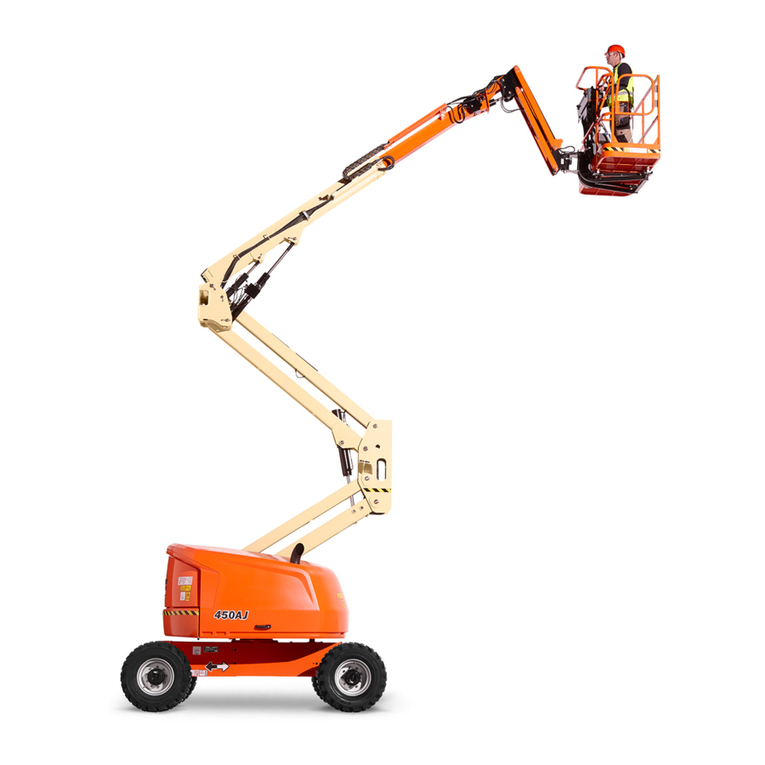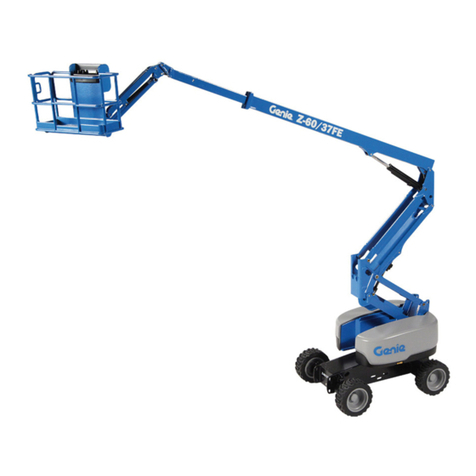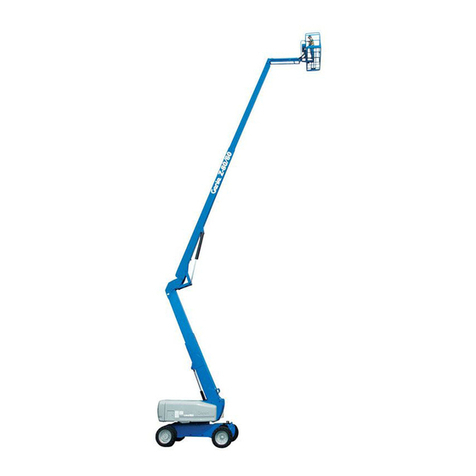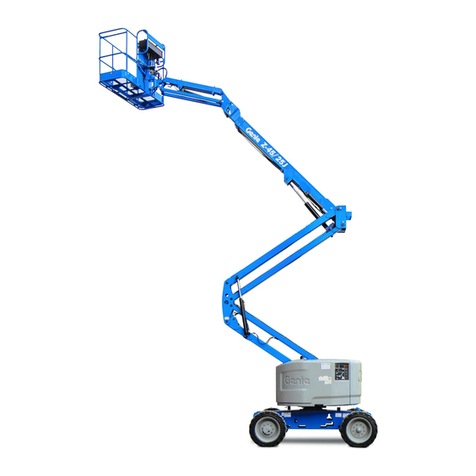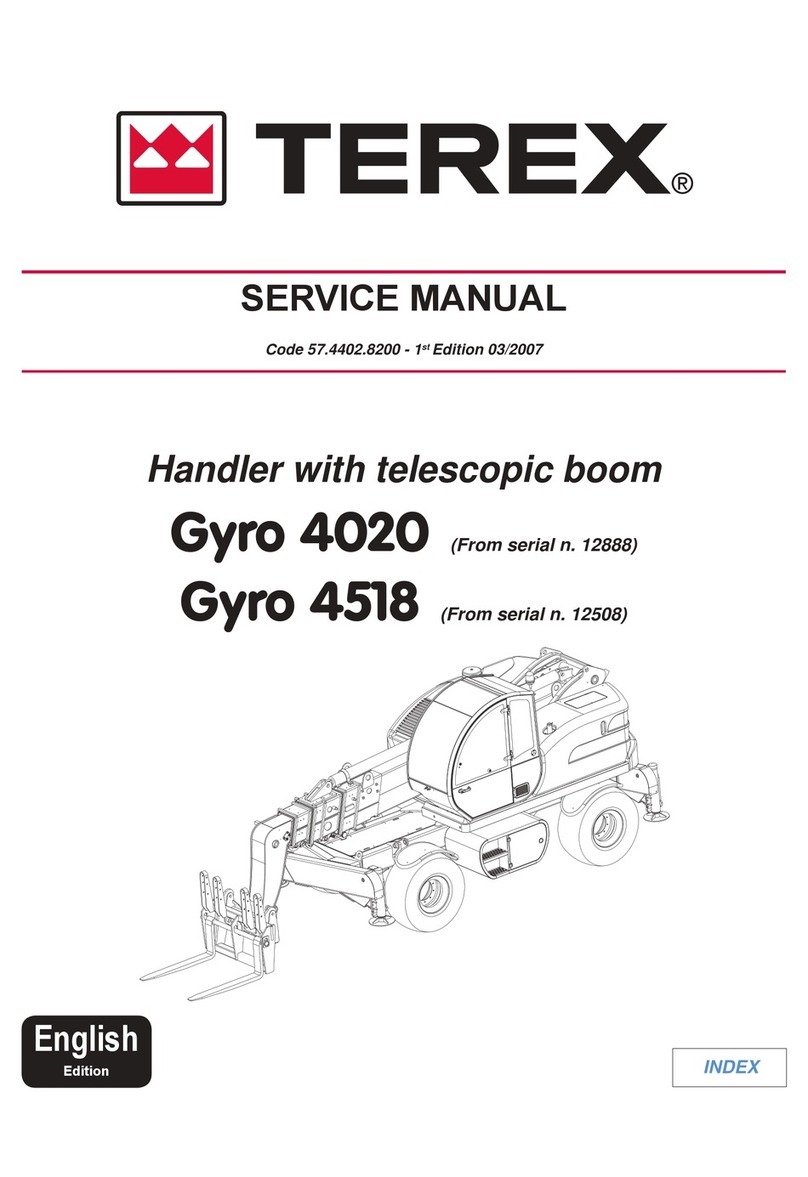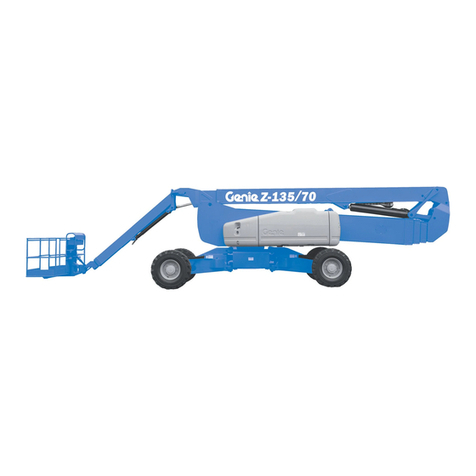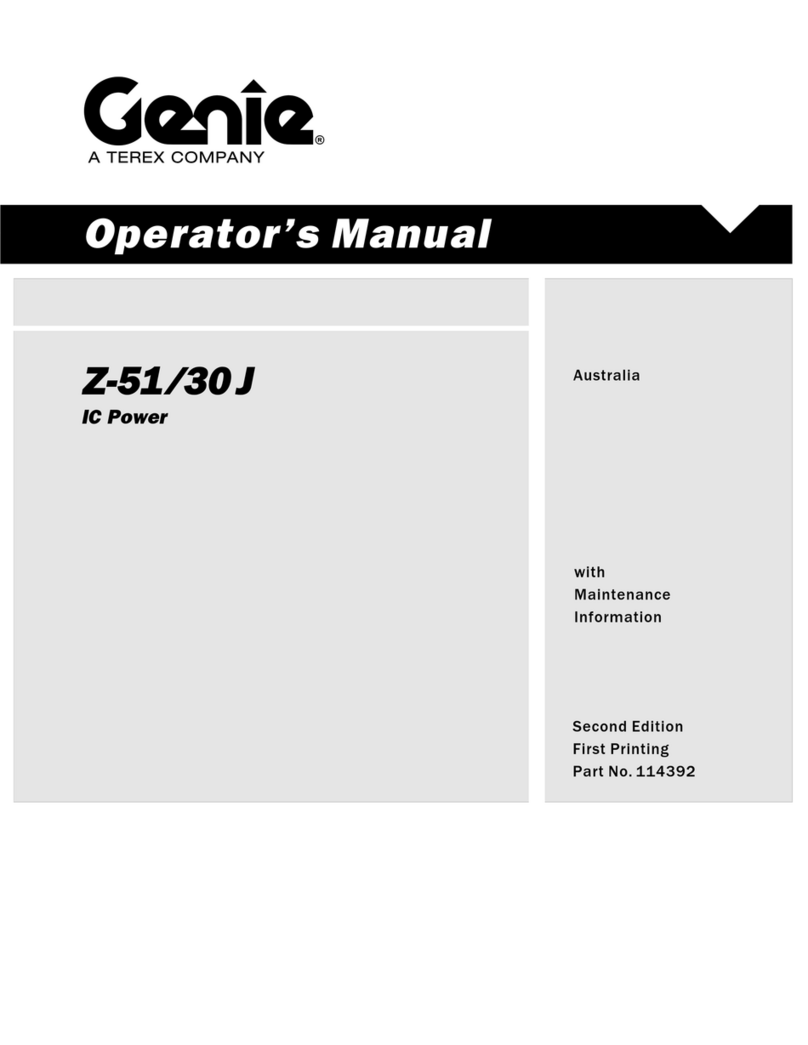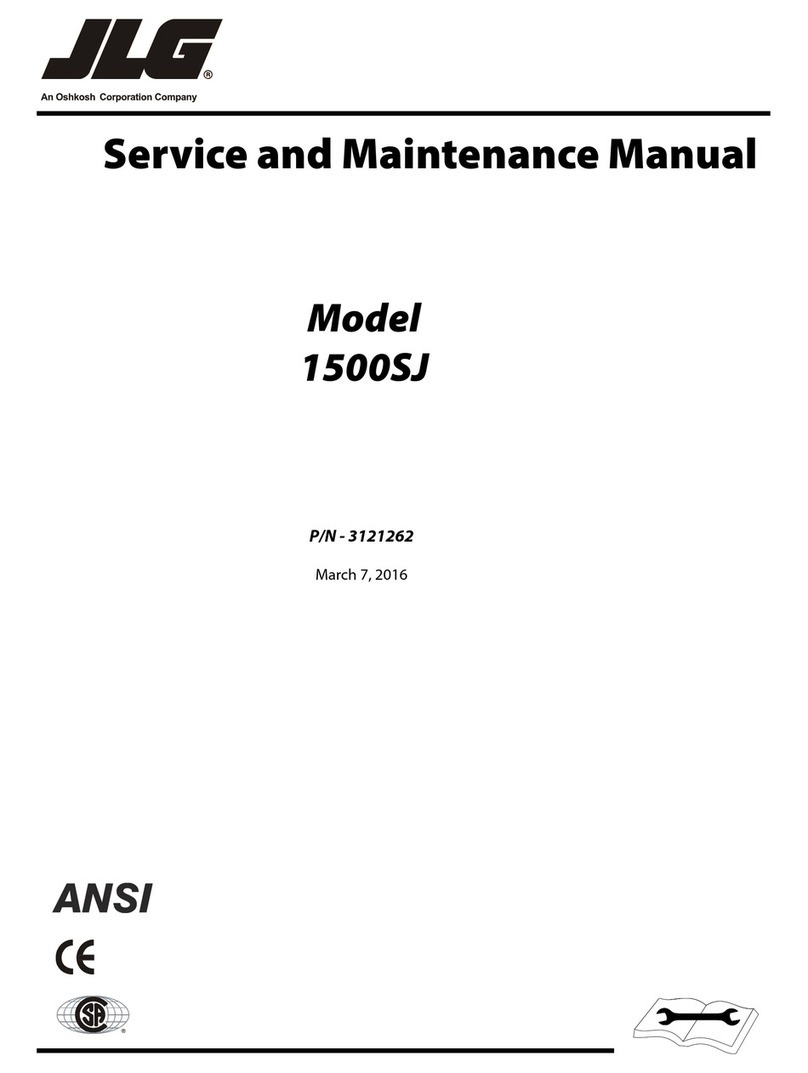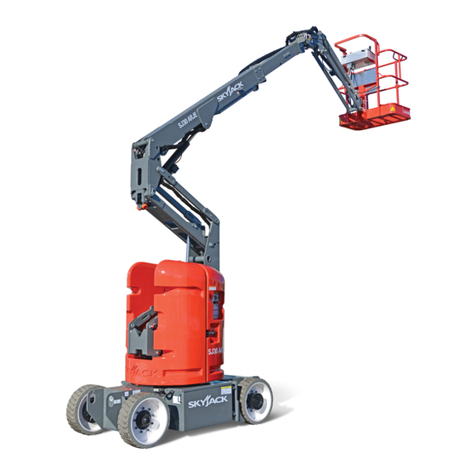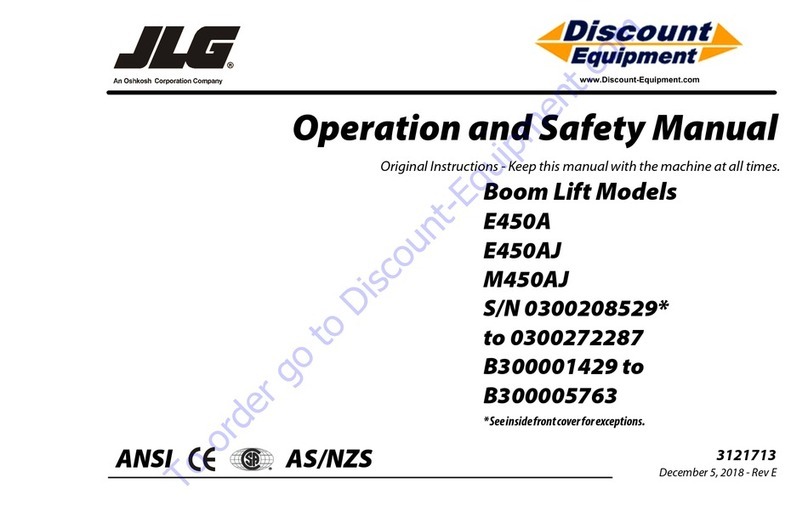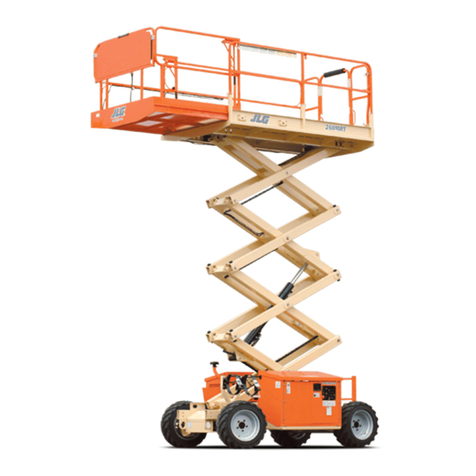Manitou BF S.A Limited liability company with a Board of Directors.
Head office: 430, Rue de l’Aubinière - 44150 Ancenis - FRANCE
Share capital: 39,548,949 euros
857 802 508 RCS Nantes.
Tel: +33 (0)2 40 09 10 11
www.manitou.com
This manual is for information purposes only. Any reproduction, copy, representation, recording, transfer, distribution, or other, in part
or in whole, in any format is prohibited. The plans, designs, views, commentaries and instructions, even the document organization
that are found in this document, are the intellectual property of MANITOU BF. Any violation of the aforementioned may lead to civil
and criminal prosecution. The logos as well as the visual identity of the company are the property of MANITOU BF and may not be
used without express and formal authorization. All rights are reserved.
24/06/2015
23/06/2016 0-1; 0-2; 0-3; 0-4; 0-5; 0-6; 0-7; 0-8;
2-11; 2-13; 2-14; 2-15; 2-16; 2-17; 2-18; 2-19; 2-20; 2-29; 2-30; 2-51;
2-82; 2-84; 2-85; 2-86;
3-6; 3-7; 3-8; 3-9; 3-10; 3-11;
4-5; 4-6; 4-7; 4-8; 4-9; 4-10; 4-11; 4-12; 4-5; 4-13; 4-5; 4-14; 4-5; 4-15;
5-1 @ 5-52.
19/09/2019 2-11@2-18, 2-24, 2-40, 2-41, 2-42, 2-43, 2-44, 2-65, 2-67, 2-74, 2-77,
2-85, 2-87;
3-6, 3-7, 3-8, 3-9, 3-10, 3-11, 3-20, 3-21, 3-22, 3-23, 3-30, 3-33, 3-39,
3-47, 3-50, 3-51, 3-56, 3-57, 3-58, 3-59, 3-60;
4-12, 4-16;
5 -1@5-83.
UPDATED
UPDATED
1st ISSUE
